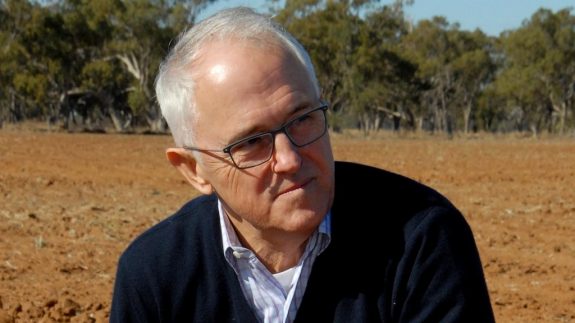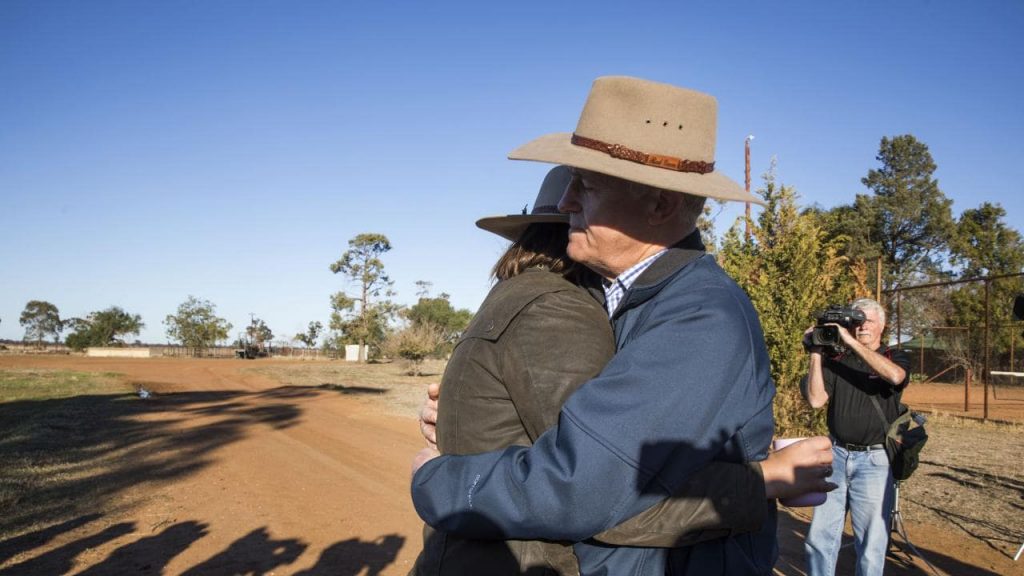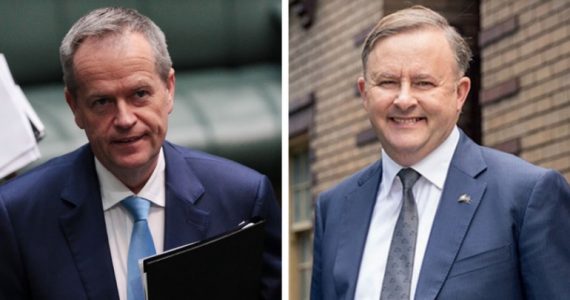The neglect of Menzies’ Forgotten People
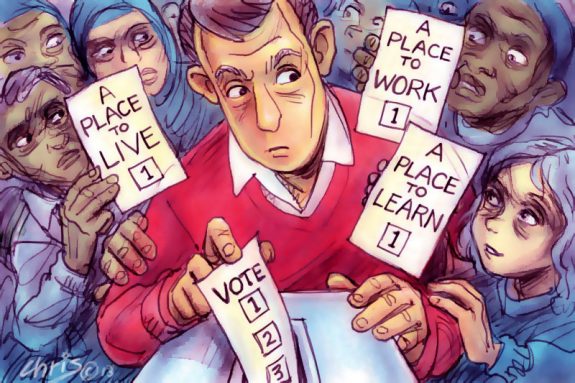
As the cameras scanned the room filled with the Labor faithful eager to welcome Premier Daniel Andrews on Saturday night November 24, 2018, I noticed the citizenry’s remarkable diversity.
Beaming African faces, men wearing the head covering of the Indian Sub-Continent, women with scarves I presume signify adherence to Islam, and smiling Asian male and female faces. Each person roared as the young, slightly stooped and bespectacled Andrews, whom I presume claims Scottish heritage, approached the microphone. With wife and family by his side, Andrews savoured an electoral victory which marks a profound shift in the Australian political landscape. Those in the audience and the volunteers who worked for Andrews’ stunning victory, like the Premier, cherish their family and strive to make a better life for themselves and their community.
Daniel Andrews spoke directly to these men and women whom the Liberal Party has neglected for the past six years. These citizens are the 21st century equivalent of Sir Robert Menzies’ Forgotten People.
The Liberal Party freely cites Menzies, and latterly John Howard, as the talismen of liberal values. Saturday night revealed just how far the party of Menzies has drifted from his ideals of individual aspiration.
Menzies delivered his oft cited speech in May 1942, and used its title as an electoral slogan. The Forgotten People eulogises the thrift of the middle class.
It is a matter-of-fact Victoria has witnessed horrific violence meted out by people with names that do not ring with a Scottish burr; Hassan Khalif Shire Ali killed Sisto Malaspina, and the car mad James Gargasoulas, butchered citizens walking along Bourke Street.
On 20 November three young men were arrested over an alleged plot to carry out mass murder in the name of Islamic State. Earlier in the year we read stories about gangs of African youths running riot and scaring the wits out of Melbournians, on the town for a night of fine dining.
Once again it is a matter of fact the conservative press and the Liberal Party directly and indirectly deployed these incidents to ensure the defeat of the Andrews Government.
And yet the opposite occurred.
Why?
Victoria and Melbourne are familiar with violence. Cast your mind back to 1998. This year marked the start of Melbourne’s so called Gangland Killings. By 2010, 36 prominent criminals had been slaughtered. Their murders were cynically celebrated in a television series, Underbelly. One of their kind, Mark Brandon ‘Chopper’ Read, was lauded by the Victorian art world. Now turn back the pages of history to 3 February 1967, and the death by hanging of Ronald Ryan. Next, check out June 28, 1880, and the Siege of Glenrowan led by Ned Kelly. Go further back to the Battle of the Eureka Stockade on 3 December 1854 led by Peter Lalor. And of course, let us not forget the countless murders of Aboriginal men and women and Chinese citizens working the gold fields. Victoria, like the rest of the nation, is the sum of its history; violent, aggressive, proud and progressive.
But for the past six years the Liberal Party cynically ignored Menzies’ Forgotten People to such an extent, even the most seasoned observers cannot now accurately identify the party’s base.
This morning as I digest the news on the first day of the last sitting week of the Federal Parliament, those forgotten people seem determined to forget the Liberal Party and everything it does not stand for.
Daniel Andrews is now the most powerful premier on the nation’s political stage, but there is one element of his ascendancy that we can be certain of; Dan Andrews will not forget the people who entrusted him with four years of stewardship of their state.
It is apodictic private money pours into Victoria to build electric cars and the next generation of clean, green renewable energy sources. Universities will thrive and hospitals strive to cure the sick, and the young taught about a future with endless possibilities.
I can almost hear Dan Andrews stand up in the Victorian Parliament and say the following, “I do not believe that the real life of this nation is to be found either in great luxury hotels and the petty gossip of so-called fashionable suburbs, or in the officialdom of the organised masses. It is to be found in the homes of people who are nameless and unadvertised, and who, whatever their individual religious conviction or dogma, see in their children their greatest contribution to the immortality of their race”. I can guarantee Andrews will not use these words, but he might be tempted to quote them to the legatees of Robert Menzies who, to their electoral peril, have grievously neglected the Forgotten People.
If you can be bothered, the text of Menzies’ Forgotten People speech is published here.
Henry Johnston is a Sydney-based author. His latest book The Last Voyage of Aratus is on sale at Brays Bookshop in Balmain an at Forty South Publishing.
Like what we do at The AIMN?
You’ll like it even more knowing that your donation will help us to keep up the good fight.
Chuck in a few bucks and see just how far it goes!
Your contribution to help with the running costs of this site will be gratefully accepted.
You can donate through PayPal or credit card via the button below, or donate via bank transfer: BSB: 062500; A/c no: 10495969










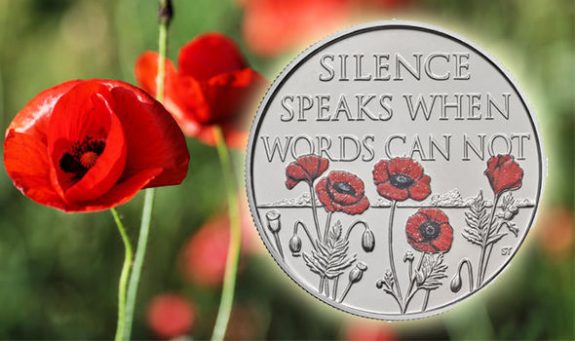
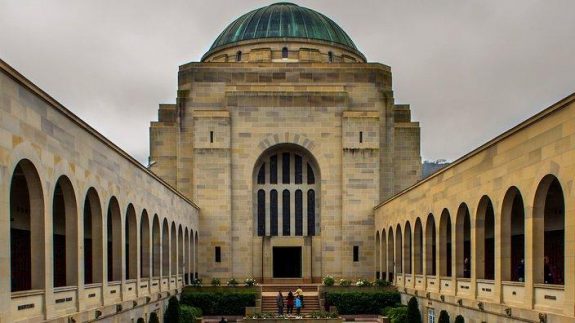
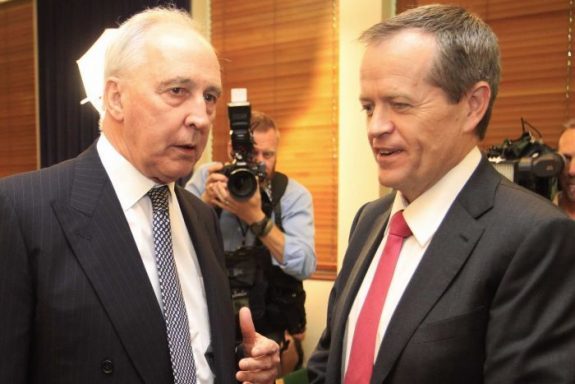
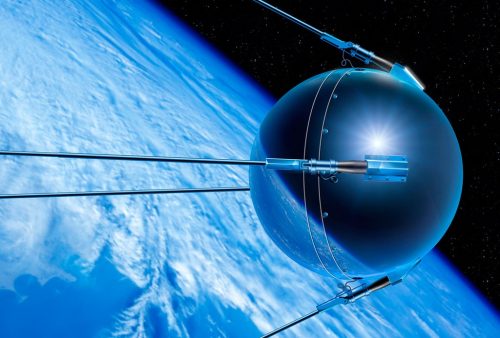
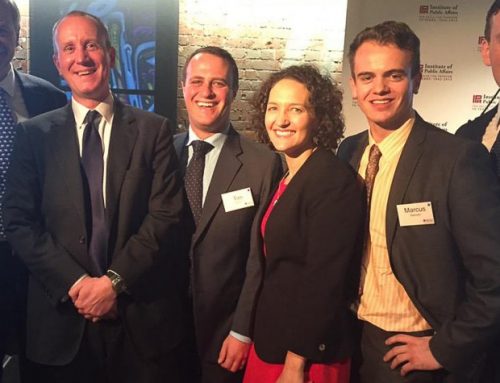
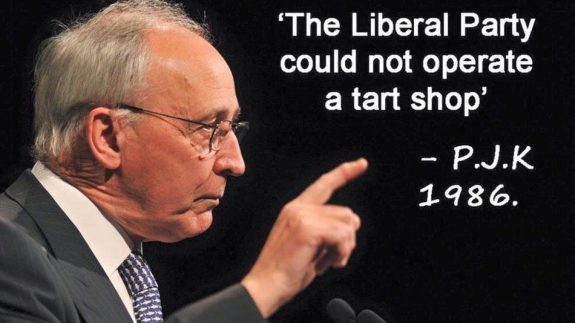
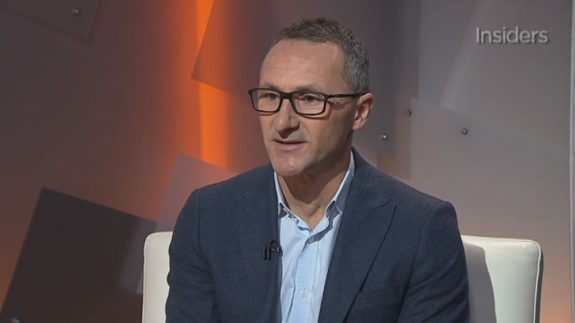
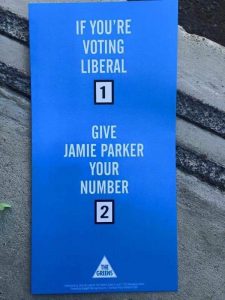 At least three young Greens women stared down the camera and recounted their graphic and grievous experiences. The women are part of an inner-city cohort which sit on milk crate stools, sip coffee and dream about a world without coal mines. Perfect cannon fodder for the Greens who are expert at exploiting idealism. But their day-to-day reality is badly paid work in the gig-economy as baristas or waiters, and being groped by political hipster yobs. Unfortunately, this behaviour is not confined to the Greens Party, but on Insiders Di Natale squibbed the matter by saying he could not comment because of an on-going investigation.
At least three young Greens women stared down the camera and recounted their graphic and grievous experiences. The women are part of an inner-city cohort which sit on milk crate stools, sip coffee and dream about a world without coal mines. Perfect cannon fodder for the Greens who are expert at exploiting idealism. But their day-to-day reality is badly paid work in the gig-economy as baristas or waiters, and being groped by political hipster yobs. Unfortunately, this behaviour is not confined to the Greens Party, but on Insiders Di Natale squibbed the matter by saying he could not comment because of an on-going investigation.